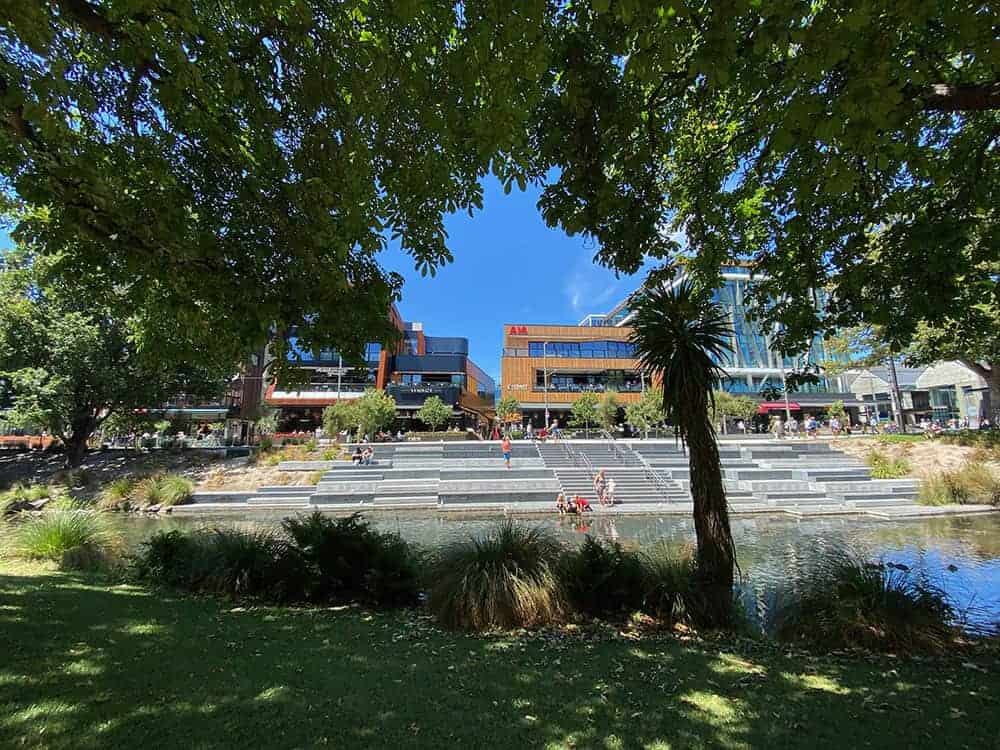Confession, I didn’t know the Southern Lights were even a thing when I used to dream of seeing the Aurora Boralis in the Northern Hemisphere.
The Northern Lights (which are listed in the 7 wonders of the world) certainly have all the publicity, and probably because there are so many land locations to see them from. But the thing to be wary of is if you go all the way to Alaska or Norway just to see the lights and it’s an overcast or rainy week, you’re stuffed.
But the Southern Lights are indeed a thing and I just saw them from 40,000 feet where weather doesn’t matter!
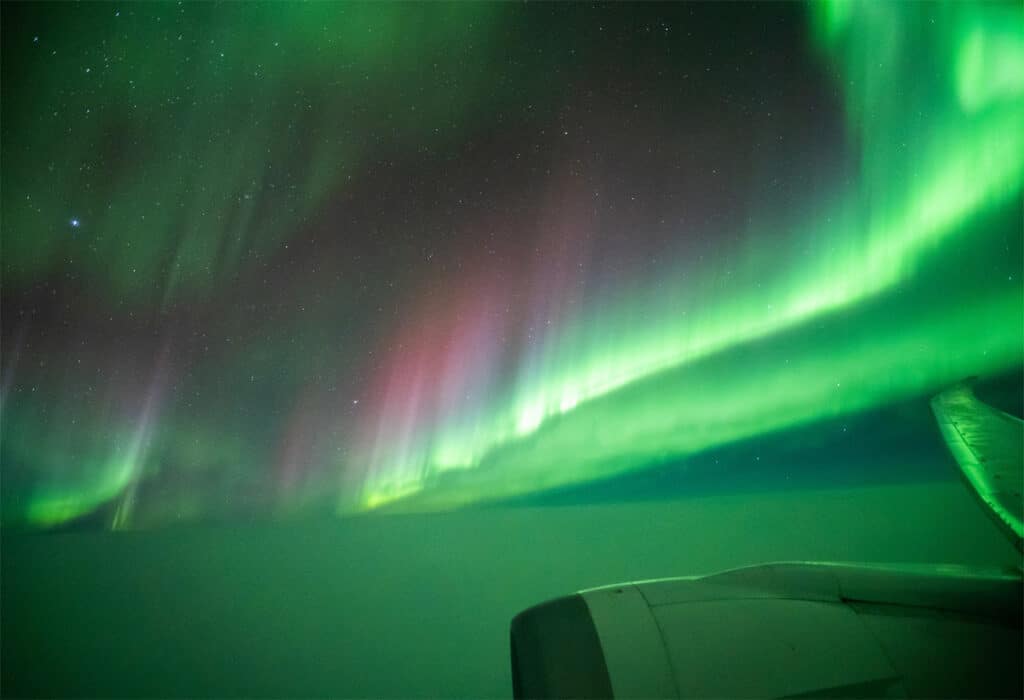
What causes the Southern (or Northern) Lights?
The Aurora Australis (and the northern hemisphere’s Aurora Borealis) are caused by particles being emitted from the sun and then mixing with Earth’s magnetic field. They are best seen on either side of deepest winter.
Magnetic north and south are not the same as Geographic north and south. As you can see in the pic below, the magnetic north and south are slightly off centre. Actually they move and will change slightly from year to year, and the Earth is on a slight tilt from the normal maps we see.
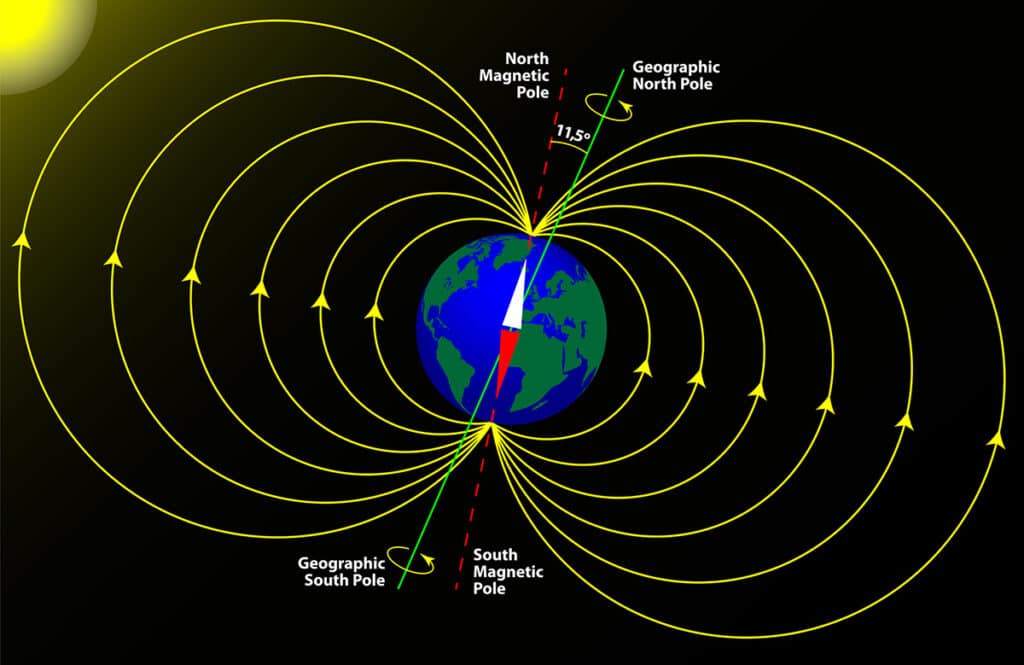
The particles from a solar storm on the sun are funnelled into Earth’s magnetic north and south fields vertically, as you can see on the illustration above. This is where the particles filter in.
As luck would have it, March 31 was a massive solar storm and that means, about 16 hours later, those particles are visible to us here on Earth.
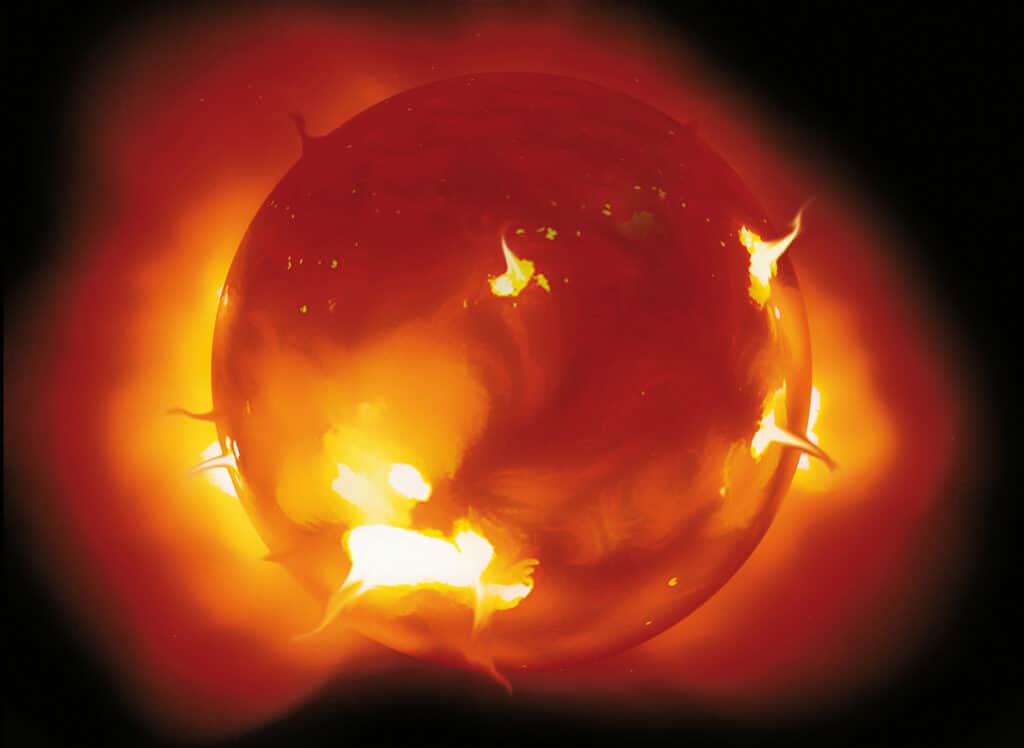
This image below shows Earth’s magnetic fields and as you can see, magnetic north and south are where the sun particles are funnelled vertically, hence the visual symphony we can then see in the skies.
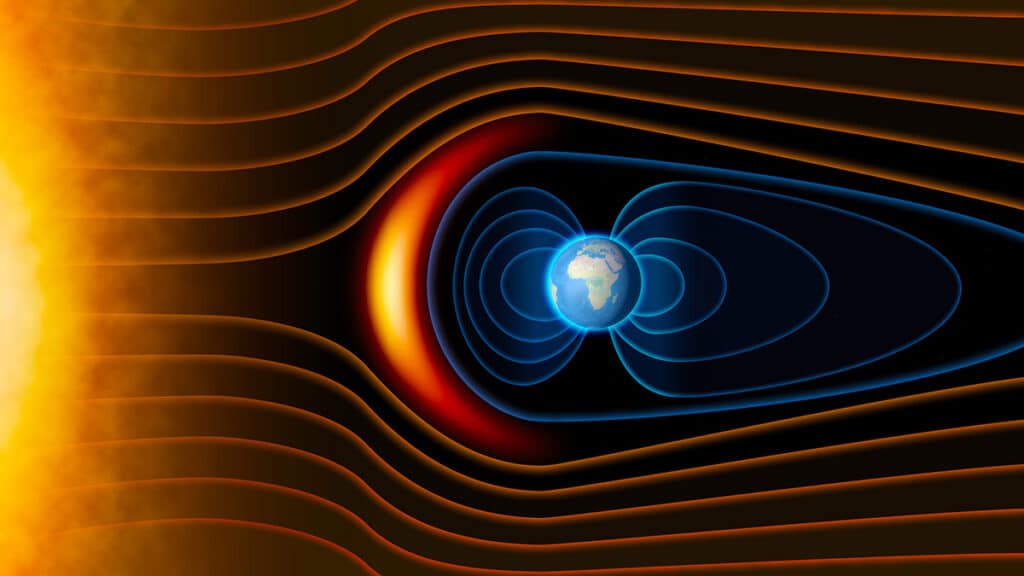
The Southern Lights are best seen around the magnetic south pole, just outside the Antarctic circle, which obviously has no land mass and hence are not as commonly seen as the Northern Lights.
There are places on land to see the Southern Lights in New Zealand though (and right now during the Autumn Equinox people are seeing incredible displays around Dunedin and further north). I’ve got my sights set on seeing them now after learning all this stuff!
But last night I got to make my dream a reality in the sky – where it didn’t matter about the weather!
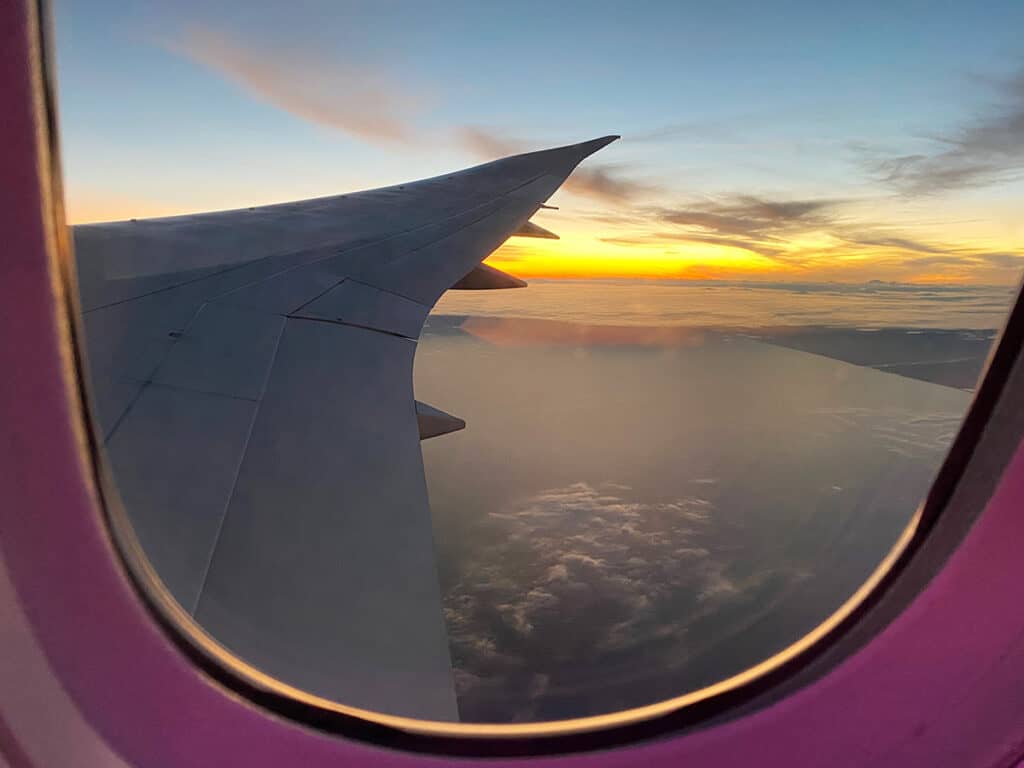
I’ve just come home from a Southern Lights flight from Christchurch with Viva Expeditions. We took off about 7pm, flew all night and landed at 5am the next day.
High above the clouds at 40,000 feet the only thing you need for a good show is an active sun (ideally, a solar storm). And sure enough, there was.
Here’s a crazy fact: the lights we see were created about 16 hours ago when the solar flare exploded from the sun.
Within two hours of take-off, the pilots reported a tinge of green in the sky and we were aurora chasers in a 787 Boeing Dreamliner!
We had no fixed route to stick to, so knowing there were no other planes heading down towards Antarctic at the same as us, they turned off all exterior lights and flew in stealth mode. No wing tips and not even the main one on the roof.
This video is a time-lapse from a camera on the flight deck as the pilots go aurora hunting.
Before all 250 of us boarded the Dreamliner, we met in Christchurch at the Antarctic Centre for a tour, some photography tips from the pros, some keynote talks from scientists and other aurora boffins, then had nibbles and drinks.
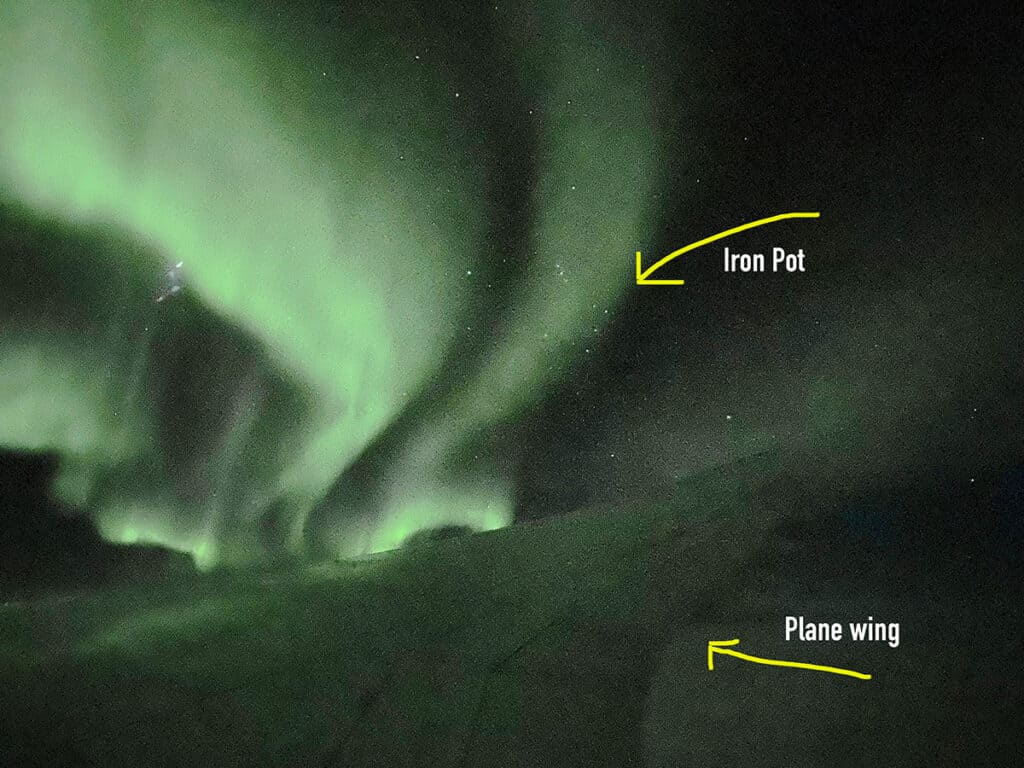
The aurora was visible for at least seven of the ten hours we were flying.
To the naked eye they look like long grey-green clouds. They don’t dance like I expected from seeing so many photos, more like they just hang there in swirly shapes.
They towered to infinity above us in front of the stars beyond. You can make out the Iron Pot framed by a green aurora, in my iPhone photo above. That was pretty special.
The reason our eyes can’t see all this colour is because you set your camera on a long exposure and it can wait a few seconds for all the light, then process the image. Our eyes process immediately. So no, you can’t get aurora glasses either! (I Googled in case it was a thing).
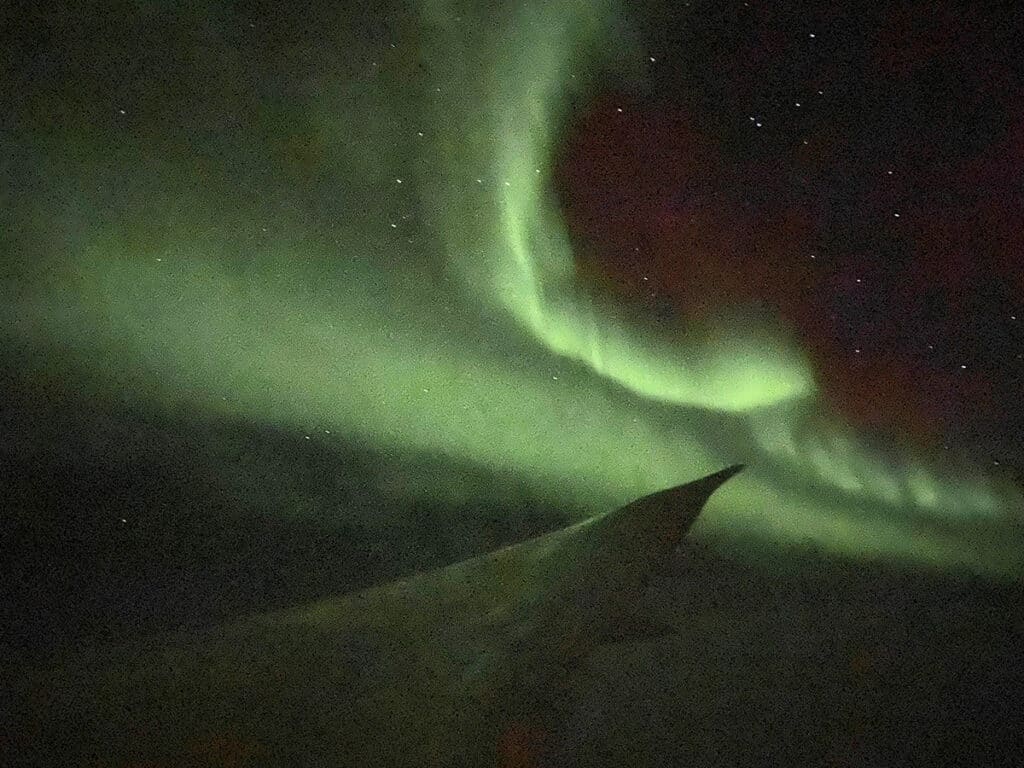
What to take on a Southern Lights Flight
You need a camera to see the colours. You will not be able to see much colour with the naked eye. Mainly green with occasional red and some orange. I had downloaded an app for my iphone to help me take low light photos. Pro Camera, allowing me to manually set my exposure, ISO and shutter speed. It was useless.
I ended up just using night mode on the phone and will add a selection of pics the professionals are kindly letting everyone have.
Plastic bin liner: Smart people brought black plastic bags to tape (with special tape the airline provided so as not to leave a sticky residue) to create a box-brownie cover to take photos. Others used T-shirts and a kilometre of tape to hold it onto the window!
Essential for viewing as there are little LED lights on in the aircraft, despite everything being turned off.
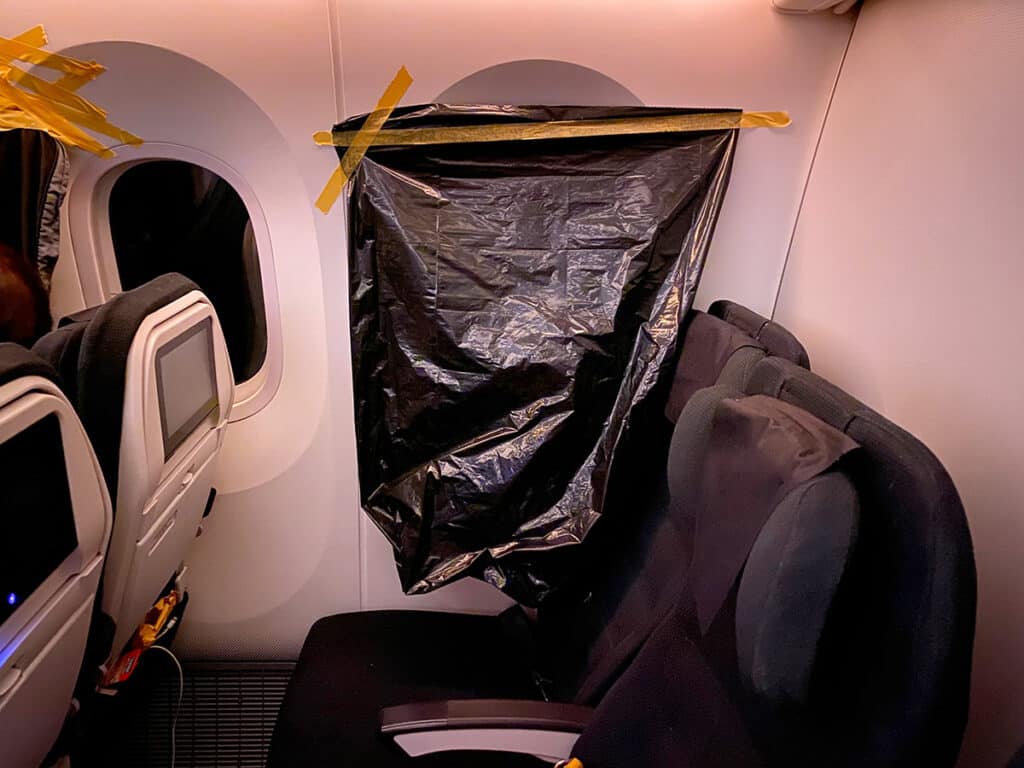
Dark hoodie: Wearing a dark coloured hooded top allows you to get near enough the same effect as the plastic curtain, although not as efficient as you can’t seal it around your camera without your nose being pressed onto it and unable to see! Quite a good tip though.
Red light torch: Viva Expeditions handed out little red light torches which are helpful for viewing your camera or finding things in your bag.
Slippers and socks: Ok, you won’t find this on any official list of what to bring on a southern lights flight, but this is one of my tips for long haul flights. You’re going to be 10 hours flying, so you want to be as comfy as possible!
Water: You’ll get thirsty. It’s 10 hours in an air-conditioned plane. Bring a water bottle.
Seat swapping: You might be wondering how all those people get to see the aurora, you seat swap every half hour. Unless you’ve booked yourself in Business with your own seat. Be aware that you’ll be sharing your bagged up window, so don’t stick your camera gear too permanently with miles of tape!
Jump on Viva Expeditions and look at the upcoming Southern Lights tours, including flights and ground tours like Tekapo and Stewart Island.
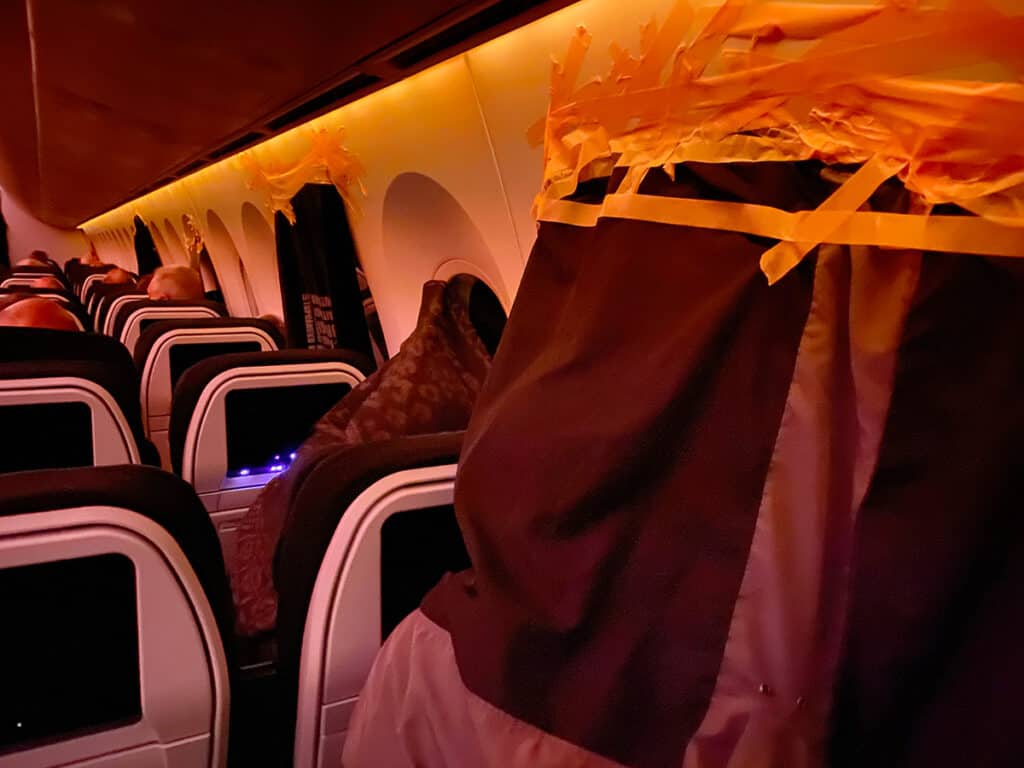
Read more:
Come a day or so earlier to enjoy some great places to eat in Christchurch
You might like these fun things to do in Christchurch before you hit the skies
Another thing some of the astronomers were doing next was heading out to Tekapo (from Christchurch) to spend time at the Mt John dark sky observatory. This is great to do any time of year, but especially when the aurora is as wild as it was this week!
